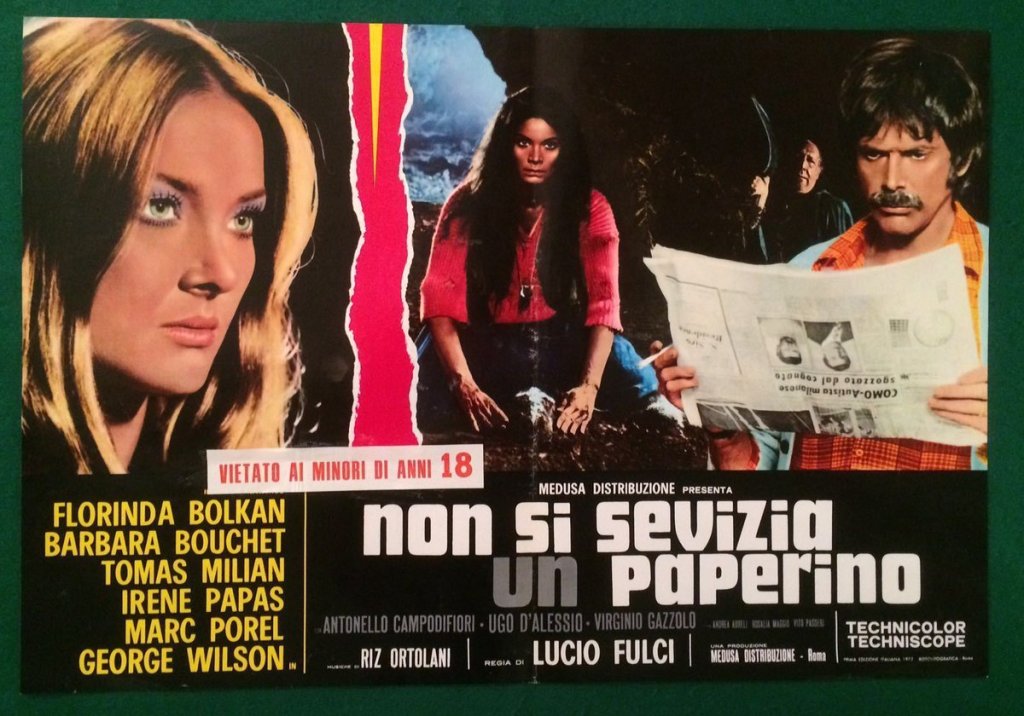
Place Vendôme (1998) fits the bill for French neo-noir in that the key female characters are glamorous blondes while the men are all weathered looking mutts. The cinematography feels very 1990s “movie for adults” in the dark hues of the interiors, and its overall polished feeling, reminiscent of a Grisham or Le Carre adaption from this era. And though it alludes to being a thriller in tone, Place Vendôme is more about intrigue, and how people will act in circumstances, and the sense of double-dealing and double-crossing in the world of high-end diamond-selling.
Mostly the film is a dramatic showcase for lead actress Catherine Deneuve, who plays the widow of a diamond merchant. We are introduced to her staying in a clinic, an alcoholic prone to fits of depression, struggling with social engagements and discussed by her husband’s staff as a “scary” train-wreck. After her husband’s death, Deneuve’s character begins to sharpen through the grief, particularly the discovery of precious diamonds he has squirrelled away. She starts to shake things off and return to her previous skills as a diamond seller, even as people around her are making moves to obtain the diamonds in question.
I was pulled into the movie through Deneuve’s fantastic performance, and the quartet of characters including a younger employee (Emmanuelle Seigner), a dodgy repo man (Jean-Pierre Bacri), and a mysterious figure from the past (Jacques Dutronc), eventually all connected by affairs past and present. Building to a simmering plot initiated by diamond rivals who have been ripped off, the film surprises in the very end by choosing to be sincere rather than fully suspenseful. In the end, this is an elegant melodrama that might test your patience, or understanding as the plot is very obfuscated in its unfolding. I enjoyed watching it, particularly the acting and the sense of classiness director Nicole Garcia takes to it.
Available to stream on Kanopy. Recommended.



